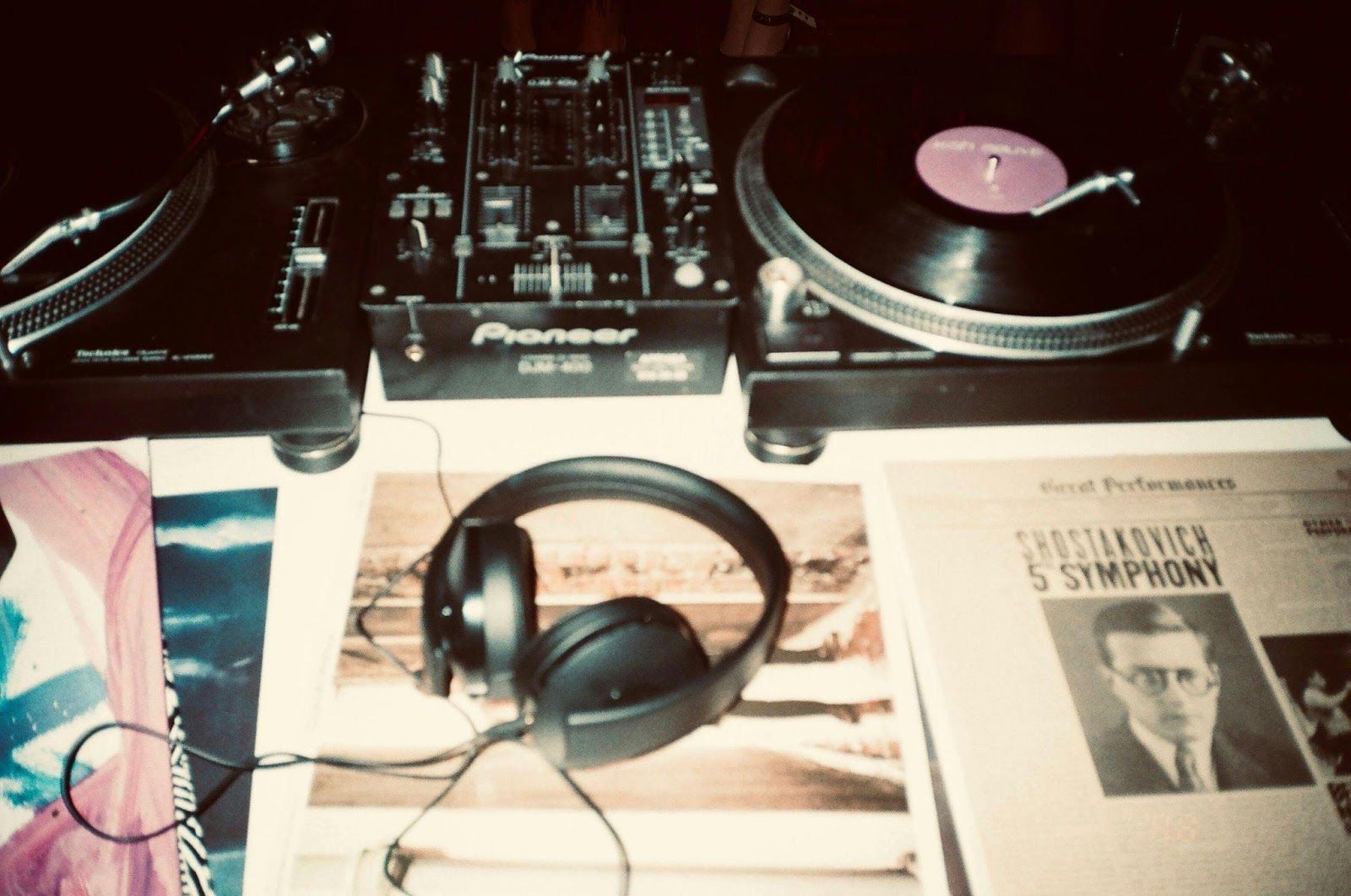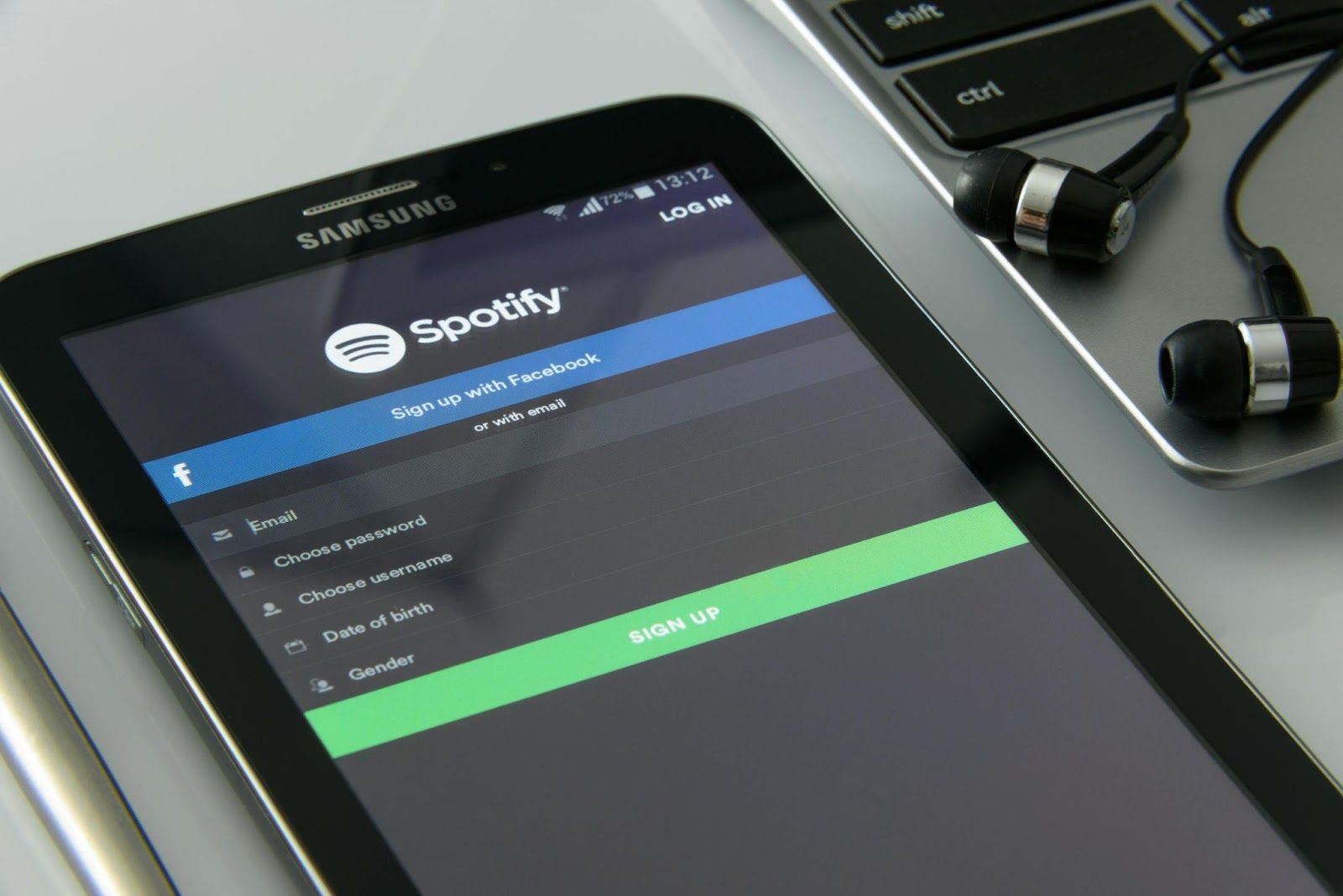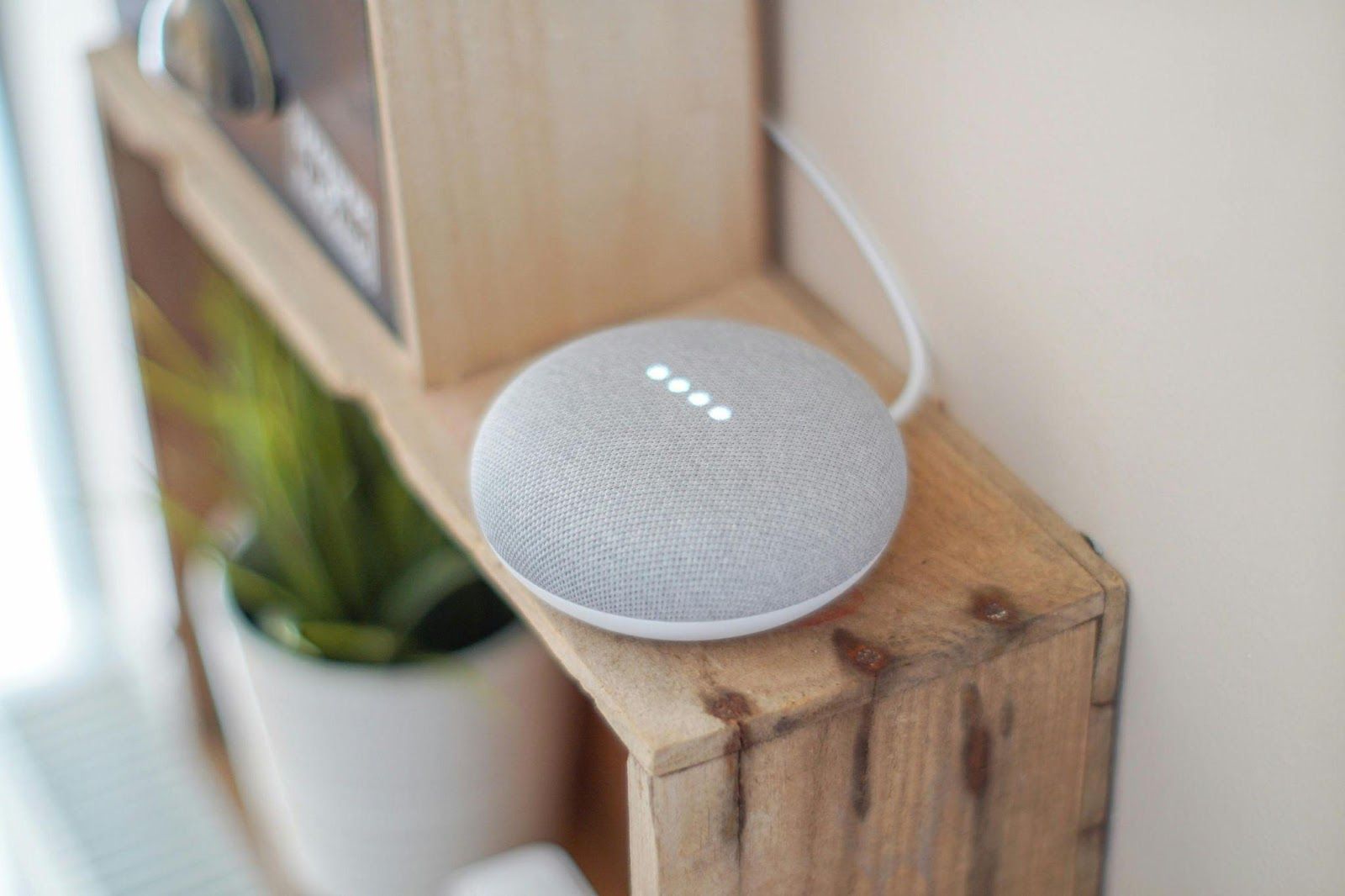Exploring the Technology Behind Sound Buttons: How Do They Work?
Sound buttons have emerged as a favorite, finding their home in social media videos, live streams, and in the classroom alike. But how do these tiny buttons really function? In this article we will demystify the technology behind sound buttons, covering the basics of how it works, what it consists of and how it works its magic.
What Are Sound Buttons?
Sound buttons, at their core, are buttons that play pre-recorded sounds when pressed or otherwise triggered. In physical devices, mobile applications or even on the browser by means of features. They enable users to play sounds, such as a cheering crowd, a drumroll or a funny catchphrase, with just one click.
Sound buttons are typically available in soundboards, mobile apps, and streaming tools. Whether you’re using them in a prank, for a joke, or for professional use, the objective remains the same: quick, impactful audio.
The Basic Components of a Sound Button
Before diving into some sound buttons out there, let us first understand what are the key components of sound buttons.
Audio File: Each sound button is clickable with an audio clip. This could be something like a sound effect, a voice recording, or even a piece of music.
Trigger: The “button” that you press to trigger the sound It may be a push button, a touch screen symbol, or a keyboard key.
Playback System: The hardware that plays the sound file It receives the command from the trigger and plays the audio using speakers or headphones.
Storage: The sound files are stored in a digital memory system. This storage could be on your device or on cloud servers in apps.
Sound Button In apps and software, the sound button is represented by an icon or tile. This sound can be seen and selected by users through this interface.

How Do Sound Buttons Play Audio?
And when you click such button, the next series of simple but significant things may be happening:
Player Interaction: You click or tap the button
Signal sent: A signal is transmitted digitally to a piece of software or a piece of hardware
Audio file retrieved: The media fetches the pre-recorded sound from where it is stored
Play-back has initiated: The audio file is processed and then out-putted to the speaker
Sound broadcasted: Sound is instantly played to the user
This whole operation takes almost no time to speak of, thanks to modern technology and good software design.
The Role of Software in Sound Buttons
It's software behind every button that controls how a sound plays. In applications and on the internet, software enables users to:
Add their own audio
Adjust the volume
Link sounds belonging to the same category
Play multiple sounds at once
With these elements, sound button software tools become friendly to users and can be changed to meet different needs.

How Do Sound Buttons Work in Apps?
Sound buttons on mobile apps are dependent upon the app development frameworks and libraries from which they are built. How it operates is as follows:
Audio Libraries: Apps traditionally supply prepared audio libraries to manage sound files.
Trigger Mapping: A specific sound file is assigned to each button.
Event Listeners: In this way a user interaction (e.g., pressing the button) can be registered by the application and its assigned sound played back.
Playback Control: The app ensures smooth playback without any interruptions or deluxe whatsoever.
Developers also optimize apps by reducing even the slightest latency between operation and sound performance quality, tending to be especially important for streaming real-time events and presentations live on the Internet.
Hardware-Based Sound Buttons
The same goes for physical sound buttons in toys, alarms or professional soundboards. In this case they often contain a small chip which is installed with audio files to be played back. When pressed, this button triggers the chip inside it to produce a sound.
These days, modern hardware soundboards also come equipped with USB and Bluetooth connection functions. They can communicate with other devices. Implementing these boards is cheap yet high in quality for streamers or any content creator to utilize at will.
The Importance of Latency
The delay between pressing a sound button and hearing the audio is called latency. Industry voices: The latency must be as low as possible if sound buttons are to work. Advanced sound button tools deploy efficient processing systems and well-fettled software in order for the sounds to play properly.
Customization and Flexibility
The greatest feature of modern sound buttons is customization: the sound files are up to you, your playlist can be anything and buttons can be mapped to keyboards. You can also share soundboards with other people. With sound buttons this flexible, they can be a very good helper for use in professional settings as well as casual ones.
AI and Smart Sound Buttons
SMART SOUND BUTTON TOOLS:Artificial intelligence (AI) is starting to affect how smart sound button tools operate. For example, smart sound button tools can:
Recognize words to trigger sounds; adjust the detection of word outputs and whether they should return a value in differ income ratios
Automatically adjust volume levels show you this result in naturalistic images at different ratios of information density and spatial resolution (i.e., how the world would look as seen from increasingly far away)
Recognise voice commands to trigger sounds so, as you can understand, after a word such an inquiry sound probably is in place.
OTHER FEATURES For example, an intelligent soundboard could recognise a joke in conversation and thereby bring out laughter effects automatically.

The Future of Sound Buttons
Sound buttons have a future even brighter.World of sound button intelligence Integration between VR/AR, AVC home appliance as well as speech assistants, will introduce new directions for sound buttons technology.
In a VR game, imagine using sound buttons as blackboard undefined chalk to bring the tens of thousands of lights or sound effects off screen and into the feeling--where they belong on stage! For example, you could give a voice command like "Alexa! Line Engage." during a presentation and everybody hears applause.
Conclusions :
On the surface, sound buttons are just a button you can press, but underneath there is really powerful technology. From audio file storage, looping and playback to latency minimization and cloud-based access, these tools marry software and hardware in innovative ways.
Sound buttons have become a staple of our digital lives, whether for entertainment, communication, or productivity. As technology develops further, so too can we expect to see sound buttons becoming smarter, quicker and more interactive.